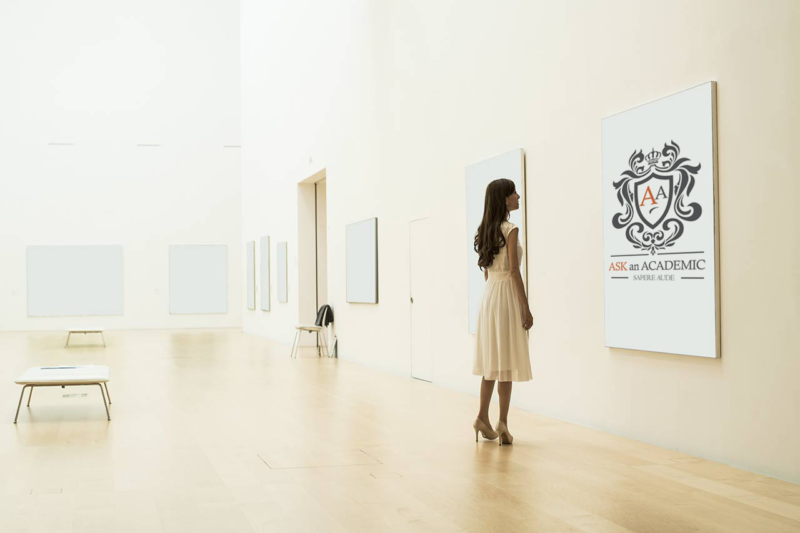The Role of Helvetica in the Modernist and Post-Modernist Movements
Helvetica represents the simplicity and function of the modernist movement. Post-Modernists argue that it is bland and sterile.
Question
What role does the Helvetica typeface play in the Modernist and Post-Modernist movements?
Answer
Helvetica is a typeface that stirs up strong opinions in the world of art and design. The simple font can be found everywhere, on train station platforms, shop windows, warning signs, and movie posters. It is san-serif, with only horizontal or vertical stroke endings, and is said to be more easily read, when in motion, than other typefaces. So, why are so many designers so strongly opposed to its use?
Helvetica has come to be representative of modernism. This minimalist art movement was strongest from the 1920s to the 1970s and emphasised the opinion that designs should be kept simple and focused on their purpose, conveying meaning, with as little expression as possible. However, some people found the simplicity of these designs to be rather bleak and sterile. In response to this the post-modernist movement gained popularity in the late 20th century, with a focus on expressive designs, ignoring rigid restraints and embracing pop culture and freeform style. This movement extended all the way to the world of typography, resulting in fonts that were much more expressive, and representative of what they were trying to say.
Modernist designers will argue that the simplicity and ease of reading of Helvetica makes it the perfect font to be used in all situations, whereas post-modernists have developed a resentment towards the typeface and all that it represents, stating that it is boring and often blends in with its surroundings. A more balanced perspective might suggest that Helvetica has its place in modern society, but that there are also times when the font would be inappropriate, perhaps when writing needs to be more expressive or artistic.
